2000000
Type of resources
Available actions
Topics
Keywords
Contact for the resource
Provided by
Years
Formats
Representation types
Update frequencies
Scale
-
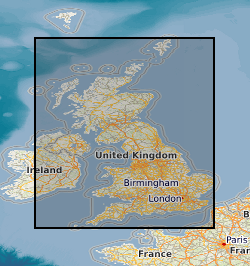
This layer of the map based index (GeoIndex) shows the availability of 1:50000 series paper geological maps. For England and Wales (and Northern Ireland), map sheets normally cover an area 30 km east-west and 20 km north-south; in Scotland the coverage is 20 km east-west and 30 km north-south. The 1:50 000 geological map grids are based on an early Ordnance Survey 1:63 360 (one inch to one mile) scale map grid and are not related to the current Ordnance Survey 1:50 000 map sheets. Maps are normally available in both flat and folded formats.
-
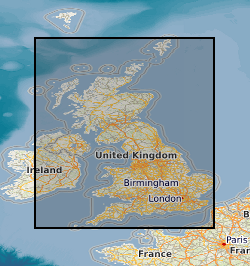
This layer of the GeoIndex shows the availability of 1:25000 scale Classical Areas Geological Maps. The maps themselves show the occurrence, nature and stratigraphic age of rocks. They are available for selected areas of outstanding geological interest in the United Kingdom, and in a number of versions (Solid, or Solid and Drift combined, Bedrock or Superficial). Maps are normally available in both flat and folded format. 1:25000 scale maps are also available for the Channel Islands. To order maps, take note of the map name and use the BGS Internet Shop.
-
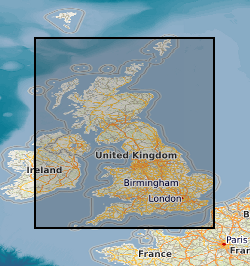
This layer of the map based index (GeoIndex) shows areas covered by explanatory sheet Memoirs, along with basic information such as memoir title and publication date. The memoirs themselves,compiled by BGS geologists, date from the late 1890s to present day and provide a comprehensive and detailed account of all aspects of the geology of the areas covered by the 1:50,000 (and 1:63,360) map series. Some memoirs may cover more than one geological sheet area and a few cover key geological themes (eg Jurassic rocks) across a large region. Sheet Descriptions are fully colour-illustrated, shortened accounts of the geology that are available for some of the newer published geological sheets.
-
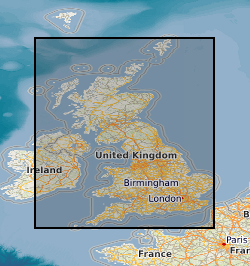
[This metadata record has been superseded, see http://data.bgs.ac.uk/id/dataHolding/13480158] The map shows the location and names of boreholes with digital geophysical logs acquired by the former National Coal Board and British Coal during their exploration for coal in the UK. Ownership of UK coal exploration data was transferred to the Coal Authority (Coal Authority) following privatisation of the UK coal industry. The Coal Authority have appointed the British Geological Survey as custodian of this important national geological data archive. These data are in general publicly available; however, access to data within active mining licences is restricted in that it requires the consent of the mining licensee. The Coal Authority data archive includes digital data for some of the geophysical borehole logging. These are mainly in the form of original field tapes; however, also available are some data transcribed onto more modern media during BGS projects. The BGS will be pleased to provide information on data availability for named boreholes or within specified geographic areas, together with cost estimates and options for supplying copies.
-
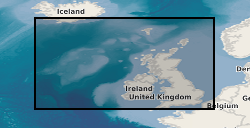
The surveys shown on the map based index (GeoIndex) include; Analogue airborne magnetic surveys of Great Britain for the Geological Survey (GSGB), commercial analogue survey of North Sea by Aeroservices Inc, subsequently digitised by BGS, commercial digital (+ one analogue) surveys off NW/N/NE of Britain by Huntings Geology and Geophysics, purchased outright by BGS and Local surveys, digital and analogue aeromagnetic (+ other methods) surveys for BGS and commercial companies.
-
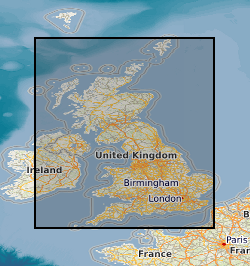
This layer of the map based index (GeoIndex) shows the locations of known mines, mineral showings and localities, including sites where minerals of economic interest have been identified in panned concentrates. The information for the index is taken from the Mineral Occurrence Database. The Mineral Occurrence Database holds information on mineral occurrences in the UK including locations of known mines, deposits, prospects and mineral showings, including sites where minerals of potential economic interest have been identified in panned concentrates. Data is normally taken from published sources or from internal BGS records, such as field sheets, rock and stream sediment collection cards. Data compilation started ca. 1994 and the database currently holds about 13 000 records, but details of many more old workings and occurrences remain to be added.
-

This layer of the map based index (GeoIndex) shows the path the survey ship took whilst undertaking the ship gravity, magnetic and bathymetry survey. This index is based on data from approximately 350,000 line kilometres of multi-instrument geophysical survey lines. The data itself includes seismic, sonar, magnetic, gravity, echo sounder, multibeam bathymetry and navigation data, both in digital and analogue format. The data were primarily collected by BGS and the collection also includes additional third party data.
 NERC Data Catalogue Service
NERC Data Catalogue Service